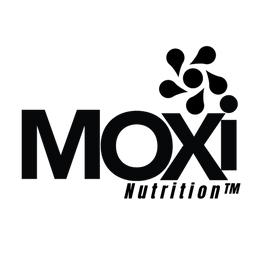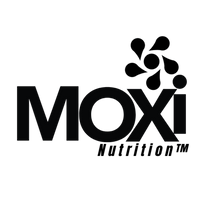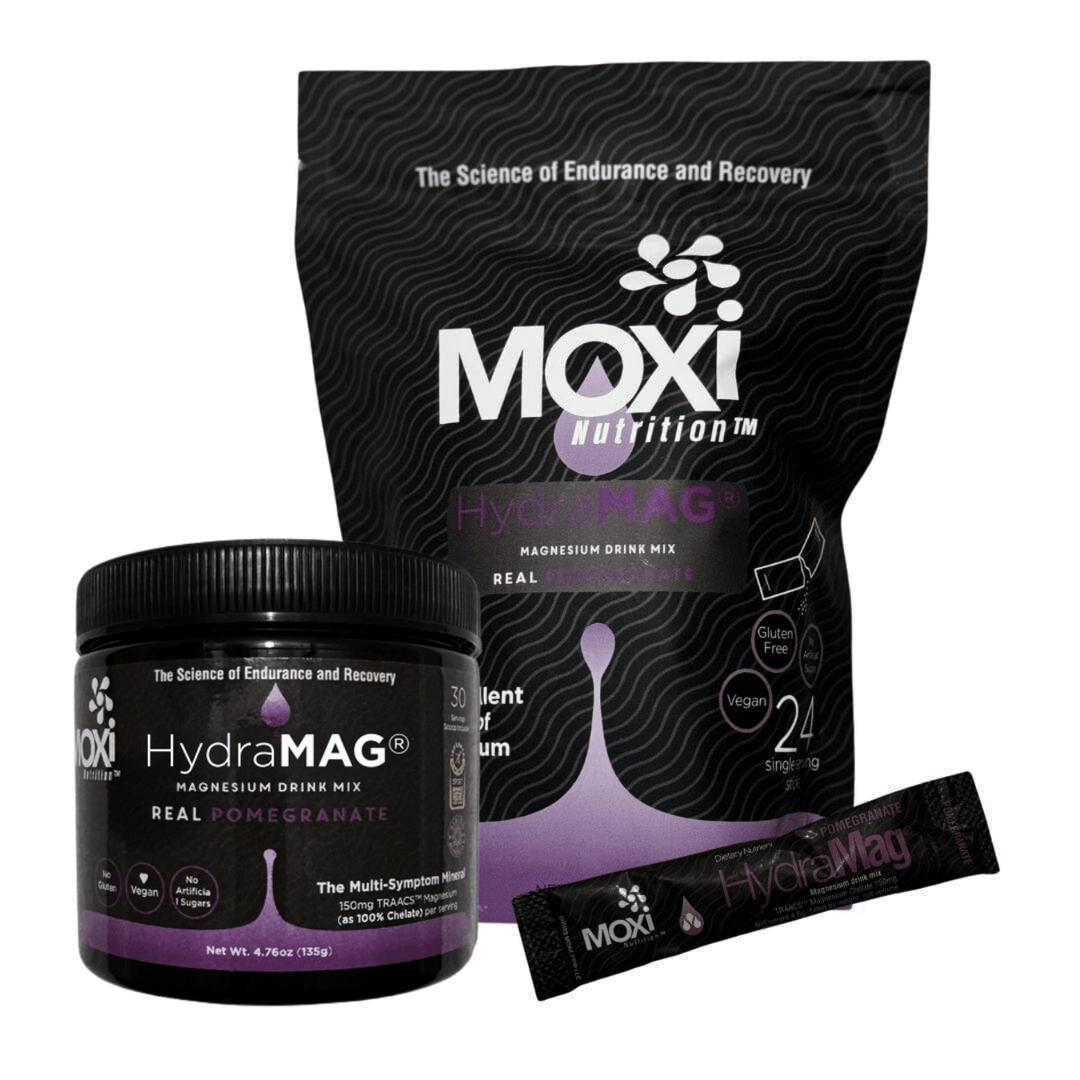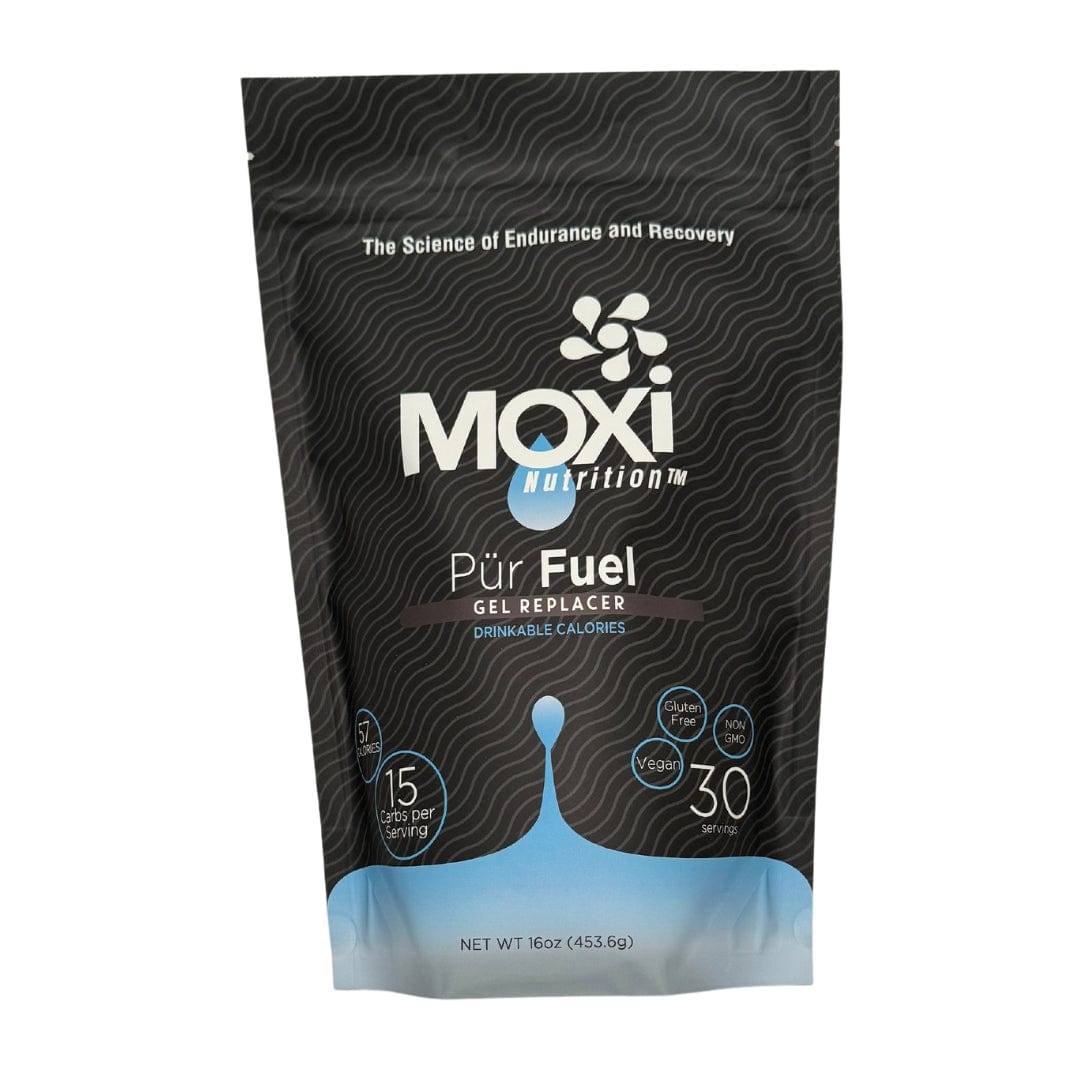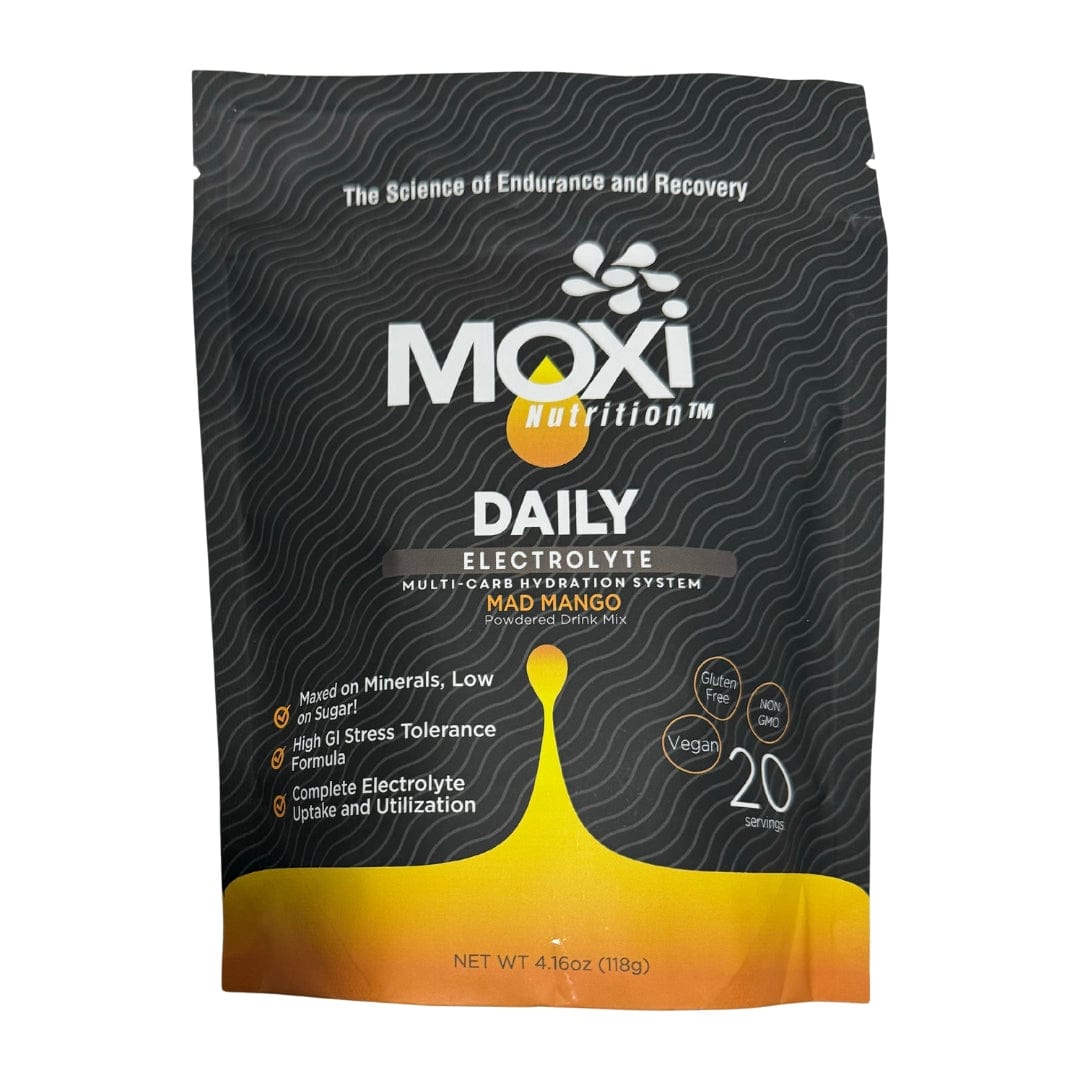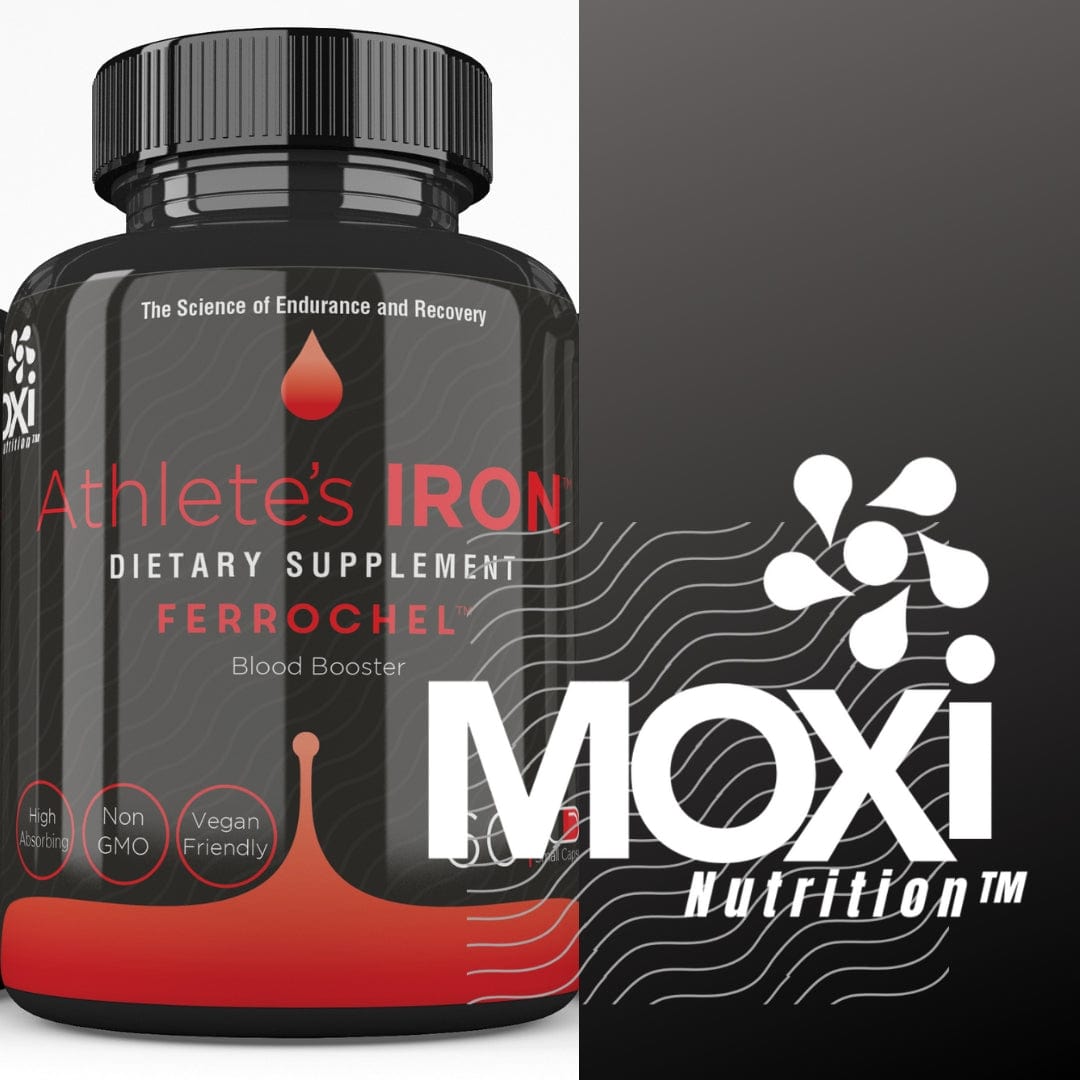Misfit Genes and Muscle Cramping

Muscle cramps inflict pain in various areas of the body, from feet, calf, hamstring, quads, abdominal, hands, exercise induced or while sleeping. This very common physiological condition has provoked many “why they happen” theories.
Neurological and physiological events both play a role in cramp events, however after years of micronutrient research, we now have more transparency to how the body works and are “closing the loop” on the latest most probable and plausible muscle cramping theory, and root cause.
The Basics:
As athletes we organize our days around our training and work schedules. We optimize our training by eating healthy and introducing nutrients on a timely basis to replenish what is ‘utilized’ and lost during exercise.
We also know there are food groups necessary to create the energy needed to complete said workouts and training. Proteins Fats and Carbohydrates greatly influence our performance outcome.
It is now time to start to think about what drives the ‘conversion’ of these necessary food groups into ‘utilizable’ energy, required at the cellular level.
Researchers have introduced neuromuscular pathway theories as the starting point regarding muscle cramps. These theories certainly have merit and the following information can help understand 'the why' origin.
The Deep Dive:
Movement between molecules, atoms and electrons, positive and negative charges all create energy at the cellular and atomic level. Molecular movement; which creates energy, is required for neuromuscular contractions and neurotransmission communication.
Minerals play a vital role in energy conduction within, and outside of the body, much the same as the electrical wiring conduction in your home.
If there are electrical ‘connections’ missing, or not meeting required amps, the result is dim lights or no power. Minerals essentially do the same thing internally between cells which 'spark' electrical signal and chemical reactions.
Dr. Bob Murray, a highly regarded researcher, discussed the neuromuscular association and events leading up to muscle cramping: “muscles cramp because of hyper-excited nerves, alpha motoneurons to be more precise, the nerve cells that project from the spinal cord directly to many skeletal muscle fibers. The motoneuron and the connected muscle cells go haywire, the motor unit malfunctions. In the laboratory, muscles can be made to cramp by electrically stimulating motoneurons, a simple way to illustrate the point that your muscles are slaves to your nervous system.”[1]
These observations are accurate however, the 'cause' behind the “haywire”, “malfunctions”, “hyper-excited”, is still missing.
Dr Murray, brings to light the electrical stimulation of motoneurons facilitating the replication of a cramping muscle, which closes the loop on the role of minerals in the nerve to muscle function circuit. These circuits require receptors to engage and allow for such electrical actions to occur.
The use of certain pharmaceuticals also play a role in completing or breaking the circuit, as do natural sources.
The impact and association of medications and micronutrients that affect the nervous system has been touted by over 500 research articles. Pharmaceutical Calcium channel blockers and quinine has been observed in clinical settings to treat and manage muscle cramps. [2] Quinine, however, has been proven to be a successful treatment at toxic levels and is not a recommended long terms treatment.
The Nobel Prize winner neuroscientist: Dr. Rod MacKinnon, built his neuromuscular cramping theory around his extensive nerve to muscle, voluntary and involuntary muscles, electrical stimulation and TRP ("transient receptor potential") research. MacKinnon won the 2003 Nobel Prize in chemistry for his work in understanding how channels in cell membranes work to move ions such as potassium from one side of a membrane to the other.[3]
TRP’s are proteins (amino acid bundles) and are divided into 8 sub-units of TRP’s.
Transient receptor potential (TRP) channels are cellular sensors for a wide spectrum of physical and chemical stimuli. Activation of TRP channels changes the membrane potential, translocates important signaling ions cross the cell membrane, alters enzymatic activity, initiates endocytosis/ exocytosis, and so on.[4]
TRP research has evolved and discovered an intricate sub ‘layers’ of TRP’s.
TRP's are grouped by sequence similarity into six known subfamilies:
- TRPC (canonical),
- TRPM (melastatin),
- TRPV (vanilloid),
- TRPA (ankyrin),
- TRPML (mucolipin), and
- TRPP (polycystin).[5][6]
TRP channels are extremely sensitive to multiple types of natural stimuli; i.e., capsaicin (a spice), extracellular pH, membrane potential, intracellular Ca2+concentration, and heat triggers TRPV1 & menthol and cold for TRPM8.
These TRP’s proteins activate numerous ionic channels and chemical reactions.
Ionic channels are defined in physical terms as, a membrane protein which forms a continuous pathway for the diffusion of an ion from one side of the membrane to the other

Positive and negative voltage derived from minerals, and natural molecules, drive the ionic process.
When it comes to the uptake of the most critical energy producing minerals Magnesium, researchers have identified 2 out of the 8 TRPM’s which need to be present in the colon or Mg is not absorbed. TRPM 6&7 are of particular interest as they stand up front and center[7]
TRPM6 & 7, are members of the melastatin-related subfamily of transient receptor potential (TRP) ion channels. TRPM6, TRPM7, had been characterized as a magnesium and calcium permeable ion channel vital for cellular magnesium homeostasis[8].
Mg2+ uptake in colon cell lines, demonstrate that the presence of the TRPM6 channel is essential to guarantee intestinal Mg absorption and Mg-dependent epithelial functions[9]. The TRMP6 is critical to prenatal development and adult survival[10]
How do these genes play a role in Muscle cramping?
Researchers and MDs, to include Dr. Carolyn Dean & Dr Luke Bucci, have already made the clear association of Magnesium deficiency and muscle maladies to include, involuntary muscle twitching, excessive muscle spasms, & uncontrollable muscle contractions.[11]
If Magnesium is in direct association of involuntary muscle contractions, & the ability of the body to absorb Magnesium is based on the TRPM genetic capabilities, we have our probable root cause answers.
The most common questions regarding muscle cramping are:
- Does salt help with cramps?
Yes, salt does help with cramping since it helps balance out electrolytes and assists in energy conduction. However more salt than what the body needs to maintain homeostasis is not beneficial

Sodium is necessary if there is a hyponatremic (low sodium) imbalance occurring in the body.
2. What happens when you cramp?
 Prevention is the best foot forward with proper clinical electrolyte evaluation and data, extra Magnesium per diet and or supplementation.
Prevention is the best foot forward with proper clinical electrolyte evaluation and data, extra Magnesium per diet and or supplementation.
Everyone is vastly unique in genetic makeup which creates the questions; and potential answers to unlock the muscle cramping phenomenon.
The unique mineral absorption uptake & mechanism of actions involved with an individual’s ability to efficiently absorb Magnesium, can greatly influence key parameters for whether Magnesium deficiency is specifically involved with muscle cramping.
The genetic TRP pathways and the proteins/amino acids required for cellular uptake creates a solid theoretical basis for the repeated clinical observations of Magnesium as chelates and the superior absorption capabilities.
Since chelate minerals are built with amino acids, and TRP’s are constructed with amino acids; it makes sense that chelates absorb better.

The above information provides a clearer pathway for which specific genes influence our Magnesium uptake and in essence, may be the targeted sole influence on muscle cramping.
More research is needed to build a concrete bridge however, this latest research gets us closer to the root causes behind muscle cramping, & why some individuals cramp more than others.
[1]https://www.trainingpeaks.com/blog/the-real-cause-of-muscle-cramps/
[2]https://n.neurology.org/content/74/8/691
[3] https://www.trainingpeaks.com/blog/the-real-cause-of-muscle-cramps/
[4] https://www.ncbi.nlm.nih.gov/pmc/articles/PMC3775668/
[5] https://pubmed.ncbi.nlm.nih.gov/14654832/
[6] https://pubmed.ncbi.nlm.nih.gov/11389472/
[7] https://www.sciencedirect.com/science/article/pii/S0925443907000841
[8] https://pubmed.ncbi.nlm.nih.gov/27991852/
[9] https://www.ncbi.nlm.nih.gov/pmc/articles/PMC6024373/#sec4-nutrients-10-00784title
[10] https://pubmed.ncbi.nlm.nih.gov/27991852/
[11] https://pubmed.ncbi.nlm.nih.gov/7286246/
